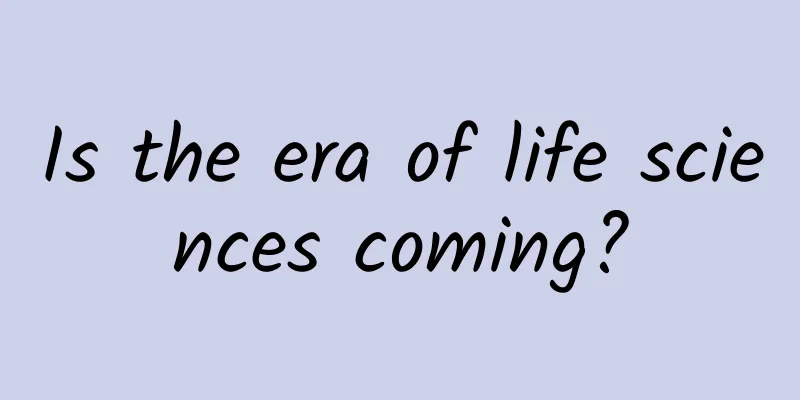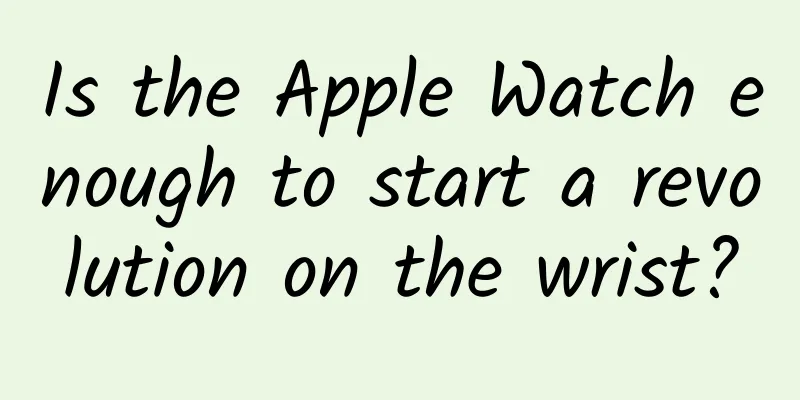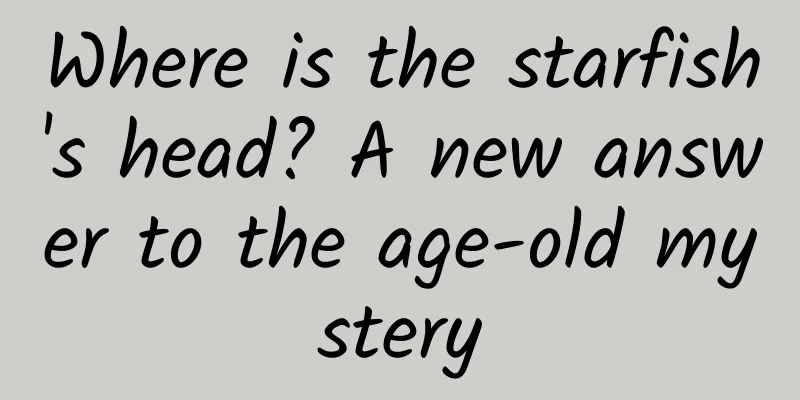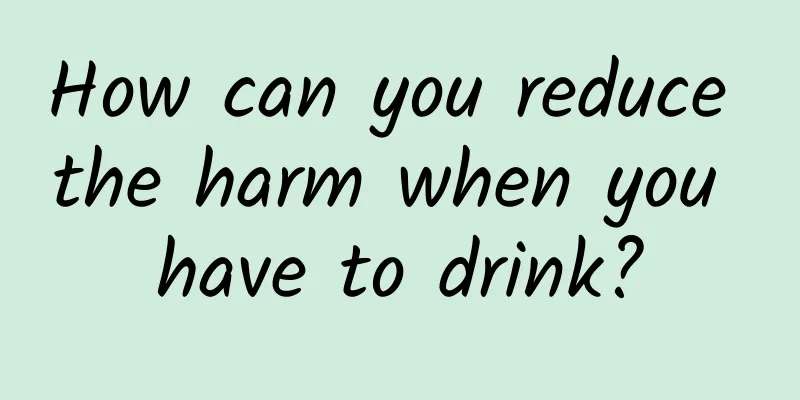Can we distinguish different leopards by their calls? | Nature Trumpet
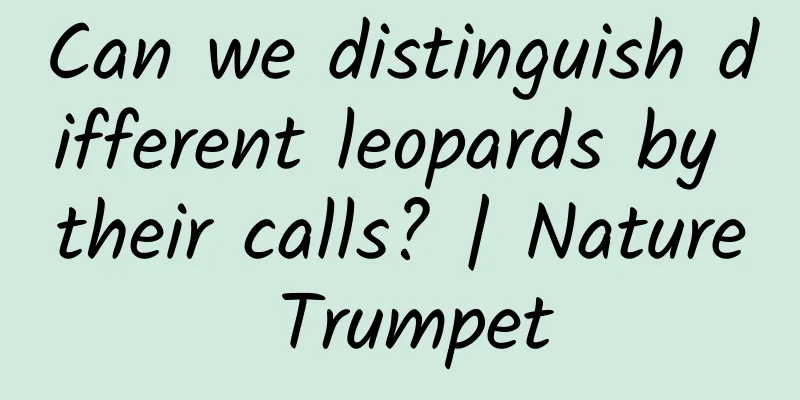
|
This is the 73rd issue of the Nature Trumpet column. In the past half month, we have collected the following natural news and research worth reading: 1) Can you distinguish each leopard by its call? 2) After genetic modification, can sprouted potatoes be eaten? 3) Ants form groups and are smarter than humans 4) Parrots imitate their companions’ movements 5) Dogs can smell cancer Leopards have different calls Leopards all look similar, so how can we tell them apart? A new study found that every leopard's roar is different . In Nyerere National Park in Tanzania, researchers installed 50 cameras in an area of 450 square kilometers and installed microphones next to the cameras so that they could match the leopards they photographed with their sounds. After analysis, it was found that each leopard has a unique roar, and the accuracy rate of identifying individuals by sound can reach 93.1% . Researchers use cameras and microphones to record leopards | Jonathan Growcott Before this, researchers relied on the spots around their whiskers to distinguish different leopards. After taking a close-up of a leopard's face, researchers will record the number and distribution of spots on its whiskers and on both sides of its nose. Most leopards have no more than five spots on each side, and people can recognize which leopard it is by the ratio of different spots; even if the number of spots is the same, we can still distinguish them by the combination of spot location, forehead pattern, nose color, scars and spots in other places. The red circle is the nose line spot that should be ignored, the red arrow is the reference line, and the white circle is the spot above the whiskers, which researchers use to identify leopards | Leopard Trails With this new discovery, it will be much easier for people to track and study leopards. The roar of a leopard can be heard at least 1 kilometer away, and a microphone can monitor a large area , which is much larger than the range previously monitored by cameras alone. Due to habitat loss, the number of leopards is decreasing and they have been listed as vulnerable by the IUCN. With more reliable identification and monitoring technology, researchers can collect more accurate data, have a deeper understanding of leopards, and better protect them. Can we eat sprouted potatoes? We have all heard this: If potatoes sprout, they must be thrown away, otherwise you will be poisoned if eaten. Beware of sprouting potatoes | ZooFari / Wikimedia Commons This has to do with solanaceous steroidal glycoalkaloids (SGA) - a toxic chemical that potatoes naturally produce to protect themselves from insects. Even after harvest, the tubers (the part we usually eat) will produce SGA due to sunlight; and this substance accumulates in large quantities in the green part of the potato skin and the sprouting area , which is why eating sprouted potatoes can be toxic. If potatoes are not allowed to produce SGA, can the risk of poisoning be avoided? However, when scientists studied tomatoes (which are also nightshade plants and also produce SGA), they found that if a key gene is inhibited so that the plant no longer produces SGA, such plants will be more vulnerable to pests. Tomatoes are also nightshade plants and also produce SGA|Pixabay So, the researchers came up with a good idea: they genetically modified the plants, limiting the toxic SGA to the parts of the potato plant that we don't eat (such as the leaves), and the potato tubers no longer produce SGA . The genetically modified potatoes will be safer, and we don't have to worry about poisoning from eating sprouted potatoes. This can also extend the shelf life of crops such as potatoes and reduce food waste; at the same time, SGA is still retained in the leaves of the potato plants, which can ensure their defense against insects. Ants are united and powerful When ants unite, they can outwit humans. Humans and ants are both highly social animals. When they encounter something they cannot lift by themselves, they will work together with their companions. Recently, researchers launched a human-ant competition - who can win by carrying a huge object through a maze? A group of long-horned ants (Paratrechina longicornis) compete in a maze carrying a heavy object | Weizmann Institute of Science The human competitors were the common long-horned ants. The researchers designed mazes of different sizes for the two teams, and the participants had to move a T-shaped object larger than themselves to the other end of the maze. Individual and team competitions were set up, and the team competitions were divided into small groups (about 7 ants, 6 to 9 humans) and large groups (80 ants, 26 people). To be fair, the humans wore masks and sunglasses during the team competitions, could not communicate with words or gestures, and could only imitate the way ants grasp objects. The researchers repeated the experiment many times. In individual competitions, humans always beat ants easily. Human cognitive abilities allow them to make clear strategic plans and develop optimal problem-solving strategies. In the competition, human teamwork is worse than that of ants | Weizmann Institute of Science But when it comes to team competitions, everything is different - ants perform better in team competitions, surpassing humans, and this is even more obvious in large groups . When acting in groups, ants are like a superorganism, combining the wisdom of individuals, working closely towards common interests, and acting in a planned manner. In contrast, when human team competitions are limited to the level of communication of ants, team members will be more eager for quick success, which will affect the progress of the team and even perform worse than individual competitions. Parrot's ability to imitate Parrots can not only imitate sounds, but also imitate actions. Previous studies have found that humans subconsciously imitate the gestures of others (i.e., intransitive actions), but non-human animals subconsciously imitate only transitive actions such as grabbing, such as a dog grabbing a ball. Recently, researchers have found an exception - blue-throated macaws also automatically imitate the intransitive actions of their companions. Blue-throated macaws are us | David J. Stang / Wikimedia Commons In a recent study, researchers trained blue-throated macaws to raise their legs and spread their wings in response to specific signals. Then they divided them into two groups: one group was rewarded when they imitated the actions of another parrot, while the other group was rewarded when they made actions different from the demonstrator. As a result, the latter group of parrots still unconsciously imitated the actions of the demonstrator , so they had a higher error rate and longer reaction time. This study is the first to demonstrate the automatic imitation of intransitive actions in non-human animals, but why did humans and parrots evolve such an ability? The researchers speculate that this is because we are all highly social animals, and automatically imitating other people's actions and gestures can help us integrate into new groups and promote social relationships and cultural transmission . In a different set of moves, this parrot managed to spread its wings as its companion raised his legs | Adrian Azcárate Human imitation behavior is related to mirror neurons in the brain, which are activated not only when individuals perform actions themselves, but also when we observe other individuals performing the same behavior. Researchers speculate that the unconscious imitation of parrots may also be caused by similar neurons in their brains. Dogs can smell cancer Can you smell cancer? Dogs say: Of course you can! Previously, trained dogs have been able to detect bladder and prostate cancer in humans by smell. Recently, researchers have found that specially trained dogs can quickly detect the odor signals of canine bladder cancer, and the probability of correctly identifying positive samples is as high as 90% . Marlo, a black Labrador, is a trained medical detection dog sniffing urine samples from other dogs to detect signs of cancer | University of Bristol The traditional method of detecting canine bladder cancer requires taking biopsy samples for histopathological analysis, which is invasive and expensive, not very friendly to dog patients and owners, and is often not diagnosed until the late stage. The medical community needs an earlier, faster and cheaper non-invasive diagnostic method to detect and intervene in canine cancer as early as possible. With the dog team, they can make a reliable preliminary diagnosis by just smelling the urine of dog patients , which is a huge improvement in the detection of canine bladder cancer. Let's say: Thanks puppies! | University of Bristol This study also shows that cancer cells have a unique smell, which means they may have specific volatile organic chemicals . The next step is to study electronic noses as a good helper for cancer diagnosis. References [1] https://zslpublications.onlinelibrary.wiley.com/doi/10.1002/rse2.429 [2] https://www.science.org/doi/10.1126/science.adq5721 [3] https://www.pnas.org/doi/10.1073/pnas.2414274121 [4] https://jfe-ojs-tamu.tdl.org/jfe/article/view/18 [5] https://www.cell.com/iscience/fulltext/S2589-0042(24)02741-X [6] https://veterinaryoncology.biomedcentral.com/articles/10.1186/s44356-024-00012-1 Author: Cat Tun Editor: Mai Mai |
<<: Is bacon, a must-have during the Chinese New Year, really healthy?
Recommend
There are so many programming languages, why does Google prefer JS?
I have been engaged in software development for 1...
iOS 8.2 will be officially released next week, and employees/carriers have received the final beta version
Although BGR website had previously predicted tha...
A female national security police officer captured a spy who had been lurking for 10 years! Details revealed for the first time
Hear in silence, see in formlessness The turbulen...
Why is it said that reading articles about operations online is useless?
If you log on to major product operation websites...
Is Xiaomi challenging Gree and wanting to make white goods?
The news about Lei Jun's gambling has faded a...
How to gain traffic from niche culture?
The brand 's attention to and pursuit of nich...
How much does 100M dedicated IP bandwidth cost?
How much does 100M dedicated IP bandwidth cost? A...
Chinese scientific expedition team cleverly obtained the "core" from the bottom of Namtso Lake! Ancient climate code at a depth of 400 meters?
Author: Duan Yuechu and Huang Xianghong In the va...
Brief discussion: What are we still missing in the puzzle of creating scientific miracles?
Only free people can discover and love the truth;...
After more than ten years, the Three Gorges Dam is still as solid as new. What’s the secret?
What is the largest hydroelectric project in the ...
Take these Zhihu promotion and follower-increasing tips for free!
In the past two years, the Internet industry has ...
RongCloud CTO Yang Pan: Geek Online 2020 Programming Challenge allows developers to take the center stage
[51CTO.com original article] Recently, the first ...
What is the dog thinking about when he tilts his head?
© Rebecca Nelson Leviathan Press: Cat owners know...
A rare disease is occurring frequently in a French mountain village. Is the culprit behind it actually a delicious dish?
In Montchaven, a ski resort in the French Alps, a...
